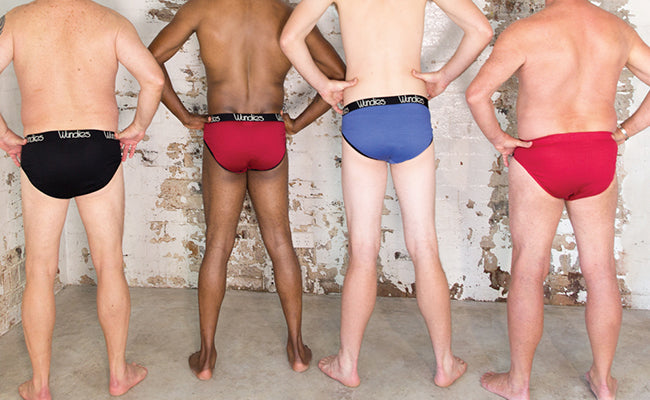Layering for Warmth
Staying warm in Winter doesn't have to be heavy! Merino wool is an incredibly warm, lightweight and breathable fabric that is perfect for wearing as a base layer to keep you warm in cold weather. To stay warm in even the most extreme weather it's important to layer up correctly.
Why is layering clothing important for warmth
Layering clothing is a key strategy for staying warm in cold weather, and it's much more than simply piling on more garments. By wearing multiple layers, you create pockets of trapped air that act as insulation. This insulation helps to retain your body heat and keep you warm even in chilly conditions. However, the effectiveness of your layering system greatly depends on the choice of materials, particularly for the base layer.

Choosing a base layer that is good at thermoregulating is crucial for maintaining comfort and warmth. Thermoregulation is the ability to manage and balance body temperature, and a good base layer should help regulate this effectively. Merino wool excels in this regard, making it an outstanding choice for the base layer of your outfit. Unlike synthetic fibers, Merino wool can absorb moisture up to 35% of its weight without feeling damp, which helps wick sweat away from the body. This moisture management prevents the chilling effect that can occur when sweat cools on the skin, maintaining warmth and dryness.

THERMODYSREGULATION is the inability to regulate your body temperature.
THERMOREGULATION is the ability to regulate your body temperature.
Merino wool has natural insulating properties that provide warmth without overheating. It traps heat within its fibers while remaining breathable, ensuring that you stay warm during periods of inactivity and cool when you're active. This dynamic temperature regulation is particularly beneficial in stop-go sports and outdoor activities where athletes may experience varying levels of exertion and rest. In contrast, synthetic fibers often struggle with thermoregulation. They do not absorb moisture well, which can lead to overheating and trapping moisture against the skin. This can cause discomfort and increase health risks.
What are the different layers of clothing?
When it comes to layering clothing for warmth, it's important to understand the different layers and their functions:


Base Layer:
The base layer is the layer closest to your skin. It should be made of moisture-wicking material to keep you dry and comfortable. Look for fabrics like Merino wool that are extremely warm yet all natural. A Long Sleeve Shirt and Leggings make excellent base layers. The Men's Merino Thermal Packs and Women's Merino Thermal Packs, and kid's Singlets and Leggings make excellent base layers.


Mid Layer:
The mid layer provides insulation and helps to trap heat. Choose a mid layer that is lightweight and breathable like our Roll Neck Skivvy or Long Sleeve Crew T-shirt.


Outer Layer:
The outer layer, also known as the shell layer, protects you from the elements. If you're layering for everyday wear then a heavyweight Merino that is thicker will work well, such as the Long Swing Jacket or Zip Tops. If you are in the snow then it should be waterproof, windproof, and breathable outer layer like a waterproof jacket or a softshell jacket.
How should you layer your clothing?
Here's a step-by-step guide on how to layer your clothing for maximum warmth:
Step 1: Start with a base layer
Put on a moisture-wicking base layer to keep your skin dry and comfortable. This layer should fit snugly but not be too tight.
Step 2: Add a mid layer
Layer on a mid layer for insulation. This layer should be slightly looser than the base layer to allow for air circulation. Choose a mid layer based on the temperature and activity level.
Step 3: Finish with an outer layer
Put on an outer layer to protect yourself from the elements. This layer should be roomy enough to accommodate the other layers and allow for easy movement.
Additional tips for layering clothing:
- Avoid cotton and synthetics as a base layer, as they retain moisture and can make you feel cold.
- Don't forget to layer your legs as well. Wear thermal leggings or long underwear under your pants. Long leg warmers are also a great option for keep legs extra warm and can be taken off during the day when it warms up.
- Use Merino accessories like hats, scarves, and gloves to further trap heat and protect exposed areas.
- Adjust your layers as needed based on the temperature and your activity level.
By following these layering techniques, you can stay warm and comfortable even in the coldest of weather. Stay cosy!
What Lies Beneath: Winter by Lucianne Tonti, The Guardian











Leave a comment
This site is protected by hCaptcha and the hCaptcha Privacy Policy and Terms of Service apply.